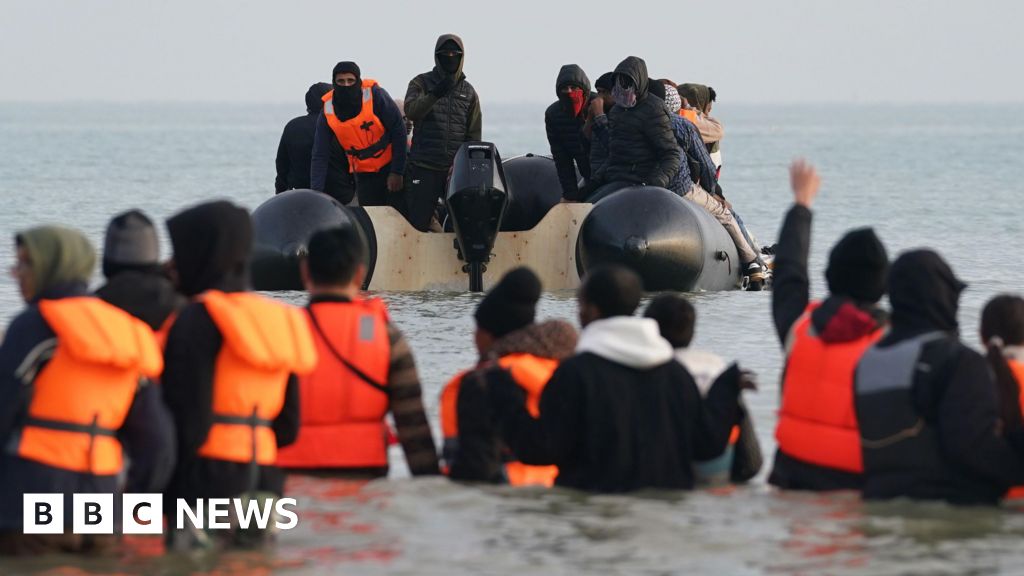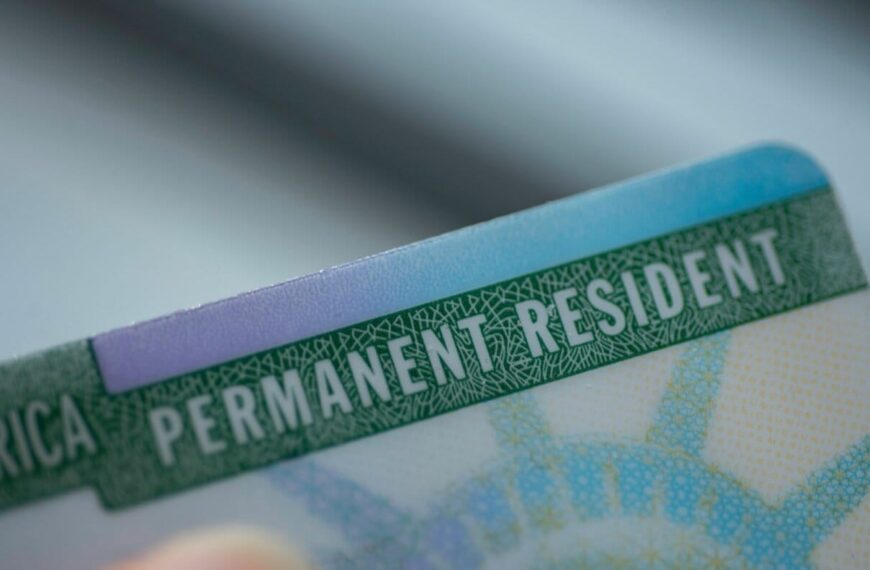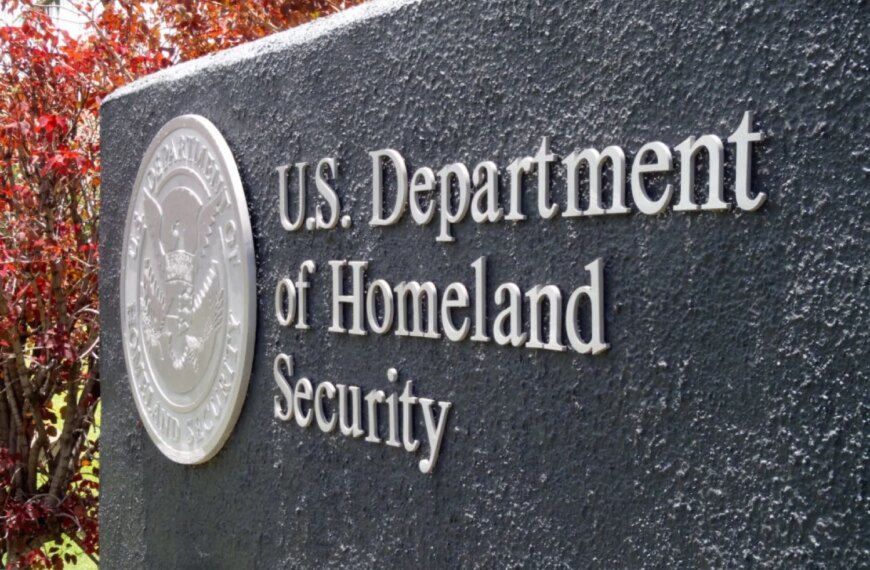Understanding Small Boat Crossings: Statistics and Origins of Migrants
Small boat crossings have become a critical issue in recent years, particularly in Europe and North America. With an increasing number of individuals attempting to cross borders in search of better opportunities, this topic has garnered significant attention from policymakers, activists, and the general public. The reasons behind these crossings are complex, encompassing a range of social, economic, and political factors.
Statistics on Small Boat Crossings
The statistics surrounding small boat crossings highlight a troubling trend. According to various reports, the number of individuals attempting to make these perilous journeys has surged. In many cases, these crossings are undertaken through dangerous waters, often leading to tragic outcomes.
Key statistics include:
- Thousands of individuals have attempted to cross the English Channel in small boats over the past year, with many being intercepted by border patrols.
- Countries like the United Kingdom and Italy have reported increasing numbers of migrants arriving via small boats, reflecting broader migration patterns.
- Data indicates that many migrants come from regions experiencing conflict, poverty, or political instability, further driving the need for migration.
Origins of Migrants
Understanding where these migrants originate is essential to grasping the full scope of the issue. Many individuals embark on perilous journeys for reasons that often include:
Common origins of migrants:
- Conflict Zones: Countries like Syria and Afghanistan have seen significant numbers of people fleeing violence and persecution.
- Economic Hardship: Many migrants come from regions struggling with poverty, such as parts of Africa and Central America, where opportunities for a better life are scarce.
- Political Instability: Nations experiencing political turmoil or oppressive regimes often see their citizens seeking refuge elsewhere, as is the case with Venezuela and Nicaragua.
These factors contribute to a complex migration landscape, where individuals are often driven to take extreme measures, including crossing borders in small boats, to seek safety and security.
The Role of Immigration Policies
As small boat crossings continue to rise, immigration policies are being scrutinized and re-evaluated. Governments are grappling with how to manage these crossings effectively while ensuring the safety and rights of migrants.
Key considerations in immigration policies:
- Balancing border security with humanitarian obligations to protect those fleeing danger.
- Implementing measures such as advance parole and refugee programs to provide legal pathways for migrants.
- Addressing root causes of migration through foreign aid and international cooperation.
The challenge lies in finding a solution that addresses the immediate concerns of border security while also being compassionate towards those in need.
Recent Developments in Immigration News
Recent developments in immigration news reflect the evolving nature of this issue. Reports indicate an uptick in enforcement actions, including ICE raids and border patrol operations, aimed at curbing the number of small boat crossings.
Additionally, programs like humanitarian parole are being discussed as potential solutions to provide temporary relief for migrants from specific regions, such as Cuba, Haiti, and Nicaragua. These programs aim to allow individuals to enter the country legally while their immigration cases are processed.
The Human Impact of Small Boat Crossings
The human impact of small boat crossings cannot be understated. Many families are torn apart, and individuals face significant risks, including loss of life. The psychological toll of such journeys is immense, with many migrants experiencing trauma and uncertainty.
Support systems for migrants:
- Community organizations and NGOs are often at the forefront of providing assistance to migrants, offering legal aid and resources.
- Public awareness campaigns aim to educate communities about the challenges faced by migrants and the need for compassion.
- Efforts to reform immigration policies are ongoing, with advocates pushing for more humane approaches to migration.
Conclusion
The issue of small boat crossings is a multifaceted challenge that requires a comprehensive understanding of its statistics, origins, and the human impact involved. As migration continues to shape the global landscape, it is crucial for policymakers, communities, and individuals to engage in meaningful discussions and actions that address the root causes while ensuring the safety and dignity of all migrants.
The future of migration will depend on our collective ability to respond with empathy and a commitment to justice, ultimately reflecting our shared humanity.










